Josephine Michau has been appointed as the curator for the Danish Pavilion at the Venice Architecture Biennale 2023, which will be located at Giardini between May 20 – November 26, 2023.
The exhibition, called “Coastal Imaginaries,” will showcase nature-based design solutions that can help alleviate global challenges like rising sea levels and storm floods. The pavilion will feature large-scale 3D dioramas presenting future scenarios of how the Copenhagen coastline could adapt to climate change using these design solutions. These nature-based interventions not only offer protection but also provide recreational areas, habitats for local flora and fauna, carbon storage elements, and sources of food and materials. The exhibition aligns with the biennale’s theme of Laboratory of the Future and is a collaboration between the landscape architectural firm Schønherr and researchers, artists, Danish trade organizations, and scientific institutions.
Danish Pavilion is designed to provide sensory experiences, bringing the coastal landscape closer to visitors. The exhibition will also feature a large-scale model of the “Copenhagen Islands” proposal, which aims to develop islets in a delta between seawater and rainwater to ensure a robust future scenario for Greater Copenhagen.
Here is the conversation between one of the curators, Josephine Michau, of the Danish Pavilion at the Venice Architecture Biennale 2023, and Serra Utkum Ikiz of PA!
Serra Utkum Ikiz (PA): What inspired you to focus on nature-based design and the rise of global sea levels for the Danish Pavilion at the International Architecture Exhibition? What impact do you hope the exhibition will have on the field of architecture and on society more broadly?
Josephine Michau: Architecture has for a long time been an exclusively anthropocentric undertaking, and now a larger ethical dimension is being opened up, which is not only about being able to handle different within human needs but also diversity within other living organisms. Herein lies also a changed view of nature, namely that civilization is not opposed to nature, but is nature – we cannot remove ourselves from the ecological equation.
The coasts and their rapid change are very good pictures of the world’s climatic conditions. Seas are rising and storm surges are becoming stronger and more frequent. Denmark has 8,000 km of coastline, and the coasts are a large part of our identity. They hold a great cultural, economic, ecological, and historical significance being a source for food, settlements, trade, art, carbon sinks, and home to numerous species that benefit from the relative lack of human disturbance. But the coasts are also a source of fear and broken futures around the globe and this will intensify if we don’t find new ways to approach architectural planning and design – both in Denmark and internationally. A fate we share with large parts of the rest of the world, including the biennale’s host city, Venice. Nature-based design solutions seem to be the most resilient and sustainable way to work with our landscapes against this threat. With the Danish Pavilion, we are offering insights into global and historic prime examples of how this can be done + an example of how Greater Copenhagen would look if we were to work in sync with nature and in line with those principles.
I will be more than satisfied if the exhibition, and its accompanying publication Critical Coast, can inform, inspire and open up the conversation among the guests on how to address the global crises of rapid climate change. If networks can be created across nations to find the best solutions – whether they are architects, decision-makers, or something third.
Serra (PA): Can you describe the sensory experience of the diorama created by set designer Christian Friedländer in the exhibition’s largest room, and how it provides an understanding of the characteristics associated with nature-based design in coastal landscapes?
Josephine: Yes, Christian has made this incredible landscape installation Mermaid Bay of a future Copenhagen coastline. The audience experiences the Copenhagen coastline from the perspective of being out on the water, just like the mermaid who has left her habitat rock to reunite with her natural element – the ocean. It addresses the vulnerability of today’s coastal landscapes and the stark reality of climate change. The sense of surrendering to nature, and incorporating it into human life rather than working against it, has been a significant inspiration for the work.
This aligns well with the nature-based solutions that the research and landscape-architectural elements of Coastal Imaginaries present, in relation to living with and mitigating climate change today and in the future. The emotional connection, that this installation has the potential to create with the audience, might also stir the audience into a climate action. I hope.
Serra (PA): How does the Danish Pavilion’s Coastal Imaginaries exhibition visualize the severe effects of climate change on our coastal landscapes, and what concrete proposals for future life along the coastline are presented?
Josephine: I have worked closely with Denmark based transdisciplinary -and institutional research group, “Mitigating sea level rise” for the exhibition. Through their contribution to Coastal Imaginaries, the research group presents new approaches to architectural planning and design practices and puts forward concrete solutions to address questions such as:
Should settlements and cities be moved away from low-lying, flood-prone areas? If so, how can this be done democratically and fairly? How can climate change be mitigated and how can the coast’s biodiversity and habitats be supported? How can the spatial and sensuous qualities of coastal landscapes be preserved while the hinterland is protected from flooding?
Crucially, the group proposes that reading the landscape is key when forming human environments and that the landscape and flow of water should serve as the underlying basis of all urban planning, transformation, and architectural design. The research group extracts and shares design principles and new knowledge from international examples of how to ‘design with nature’, directly addressing how our coastal landscapes can be adapted to cope with climate change. The group’s research and landscape architectural proposals are exhibited through models and mappings through text and photography, which variously seeks to open the audience’s eyes to new ways of comprehending coastal landscapes, explore the dilemmas the world faces collectively, and propose concrete images of how future coastal landscapes might look.
On a more concrete level, they have identified seven design principles that can be used in mitigating sea level rise which the landscape architecture studio, Schønherr has been asked to implement in a model for Copenhagen. They have made a model that plans the city on the premises of the flow of water, which can thus absorb when there is too much water and easily get rid of it again – just like a sponge. Therein lies a lot of complex dilemmas about e.g. law and economics, which are briefly touched upon in this context, and which show the complexity architects must navigate within. But the focus is on the design aspect. Their proposal goes under the name “Copenhagen Islands” and is a rather radical showdown with the existing plan from 1947 “The Finger Plan”.
Serra (PA): Can you describe the architectural design solutions and materials used in the Danish Pavilion, and how do they support the nature-based solutions presented in the exhibition?
Josephine: We have not brought nature into the pavilion, but a simulation and representation of it which I believe is a more honest approach to the premises of the exhibition space. To minimize our impact on our planet we have re-used a lot of material from previous exhibitions, with the great help of, among others, our local production company M+B. Also, the exhibition is planned to be re-exhibited in 2024 and 2025 already, so it has all been created for dis- and re-assembling.
Serra (PA): Thank you for your time! Is there anything else you’d like to share or add?
Josephine: As we have reached the limits of our planetary boundaries, we have no choice but to act now. We all have a responsibility to do what we can. If we are to create a better future we need new imaginaries of how we can be on this planet. Coastal Imaginaries is offering a glimpse into a different way of connecting with nature and practicing architecture than the dominating excavating practice.
We encourage you to stay tuned to ParametricArchitecture for detailed updates on the Venice Architecture Biennale 2023.




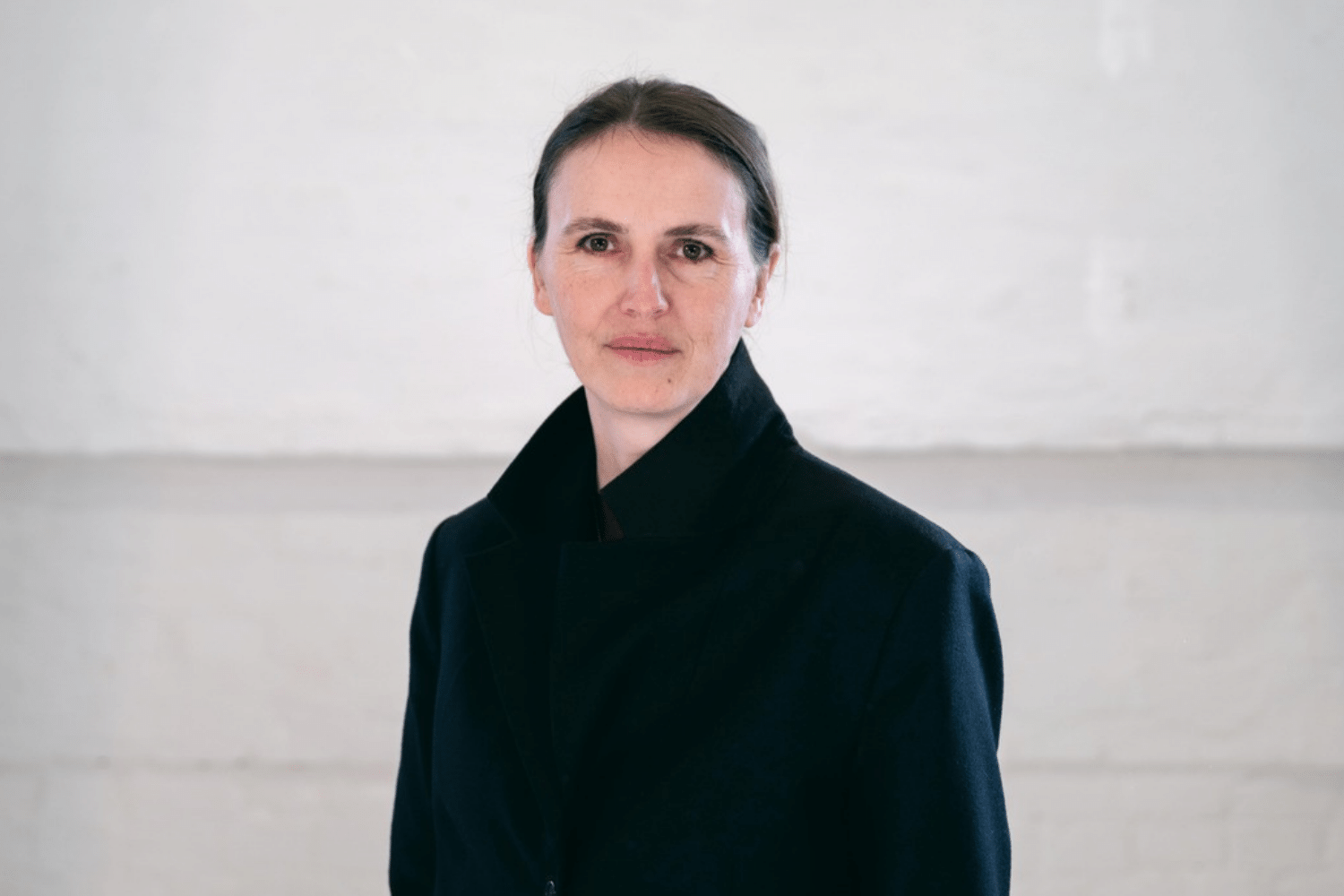
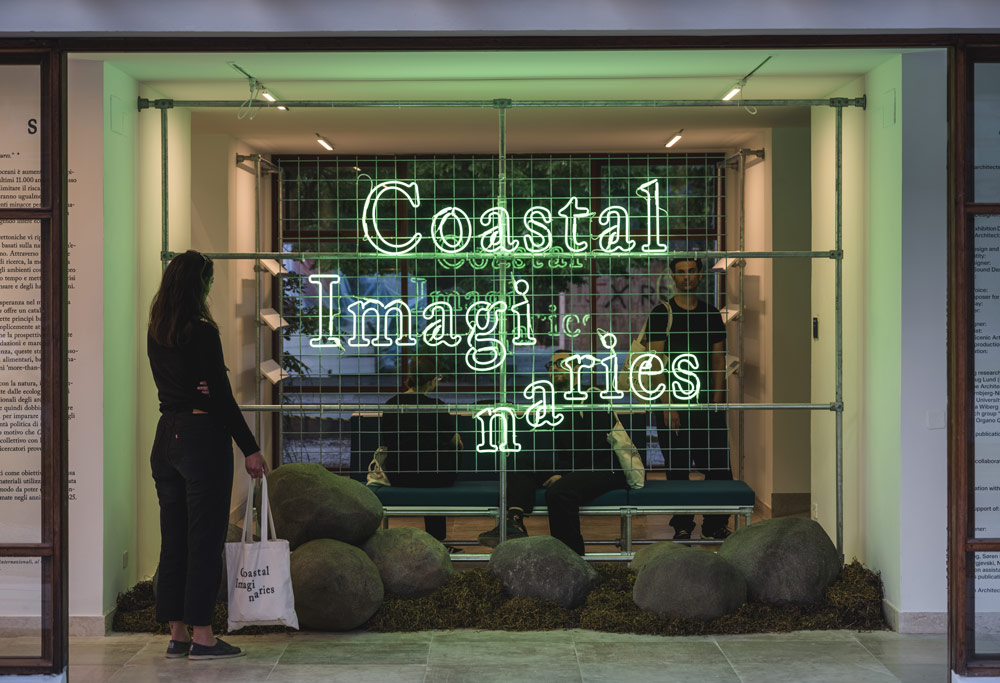

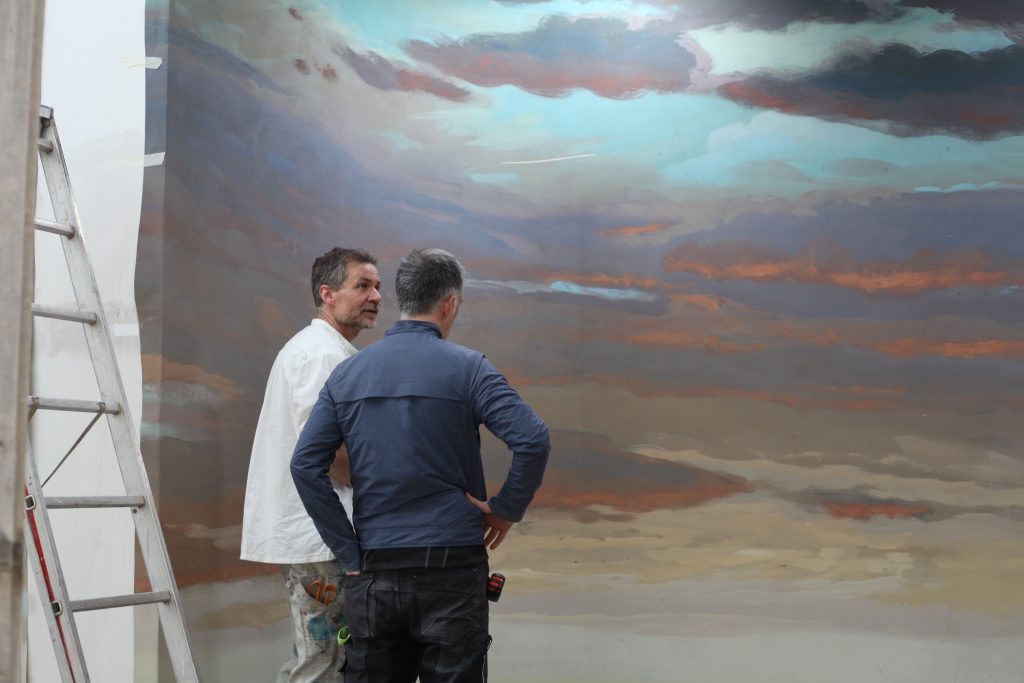
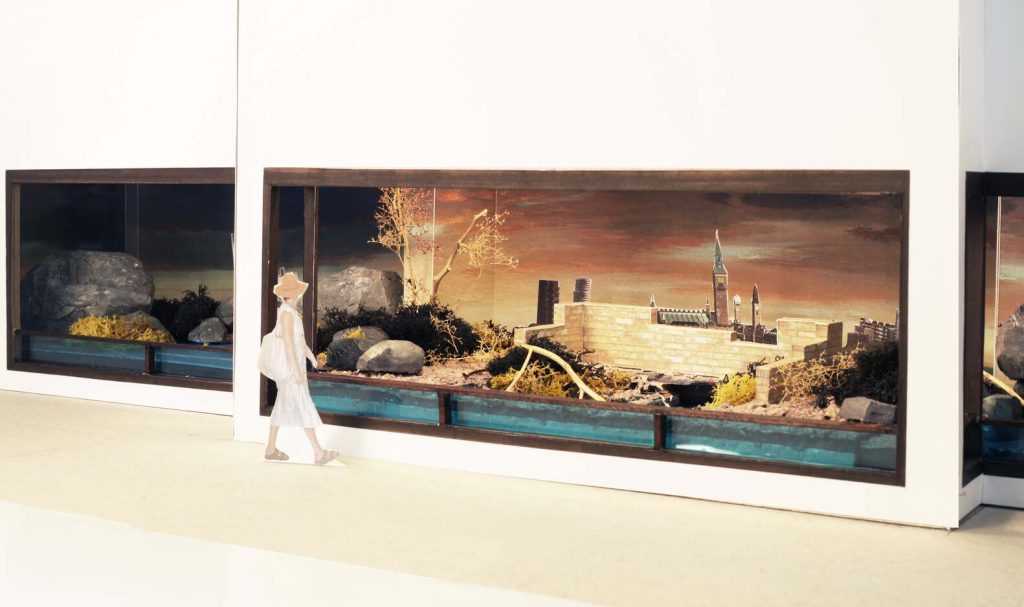
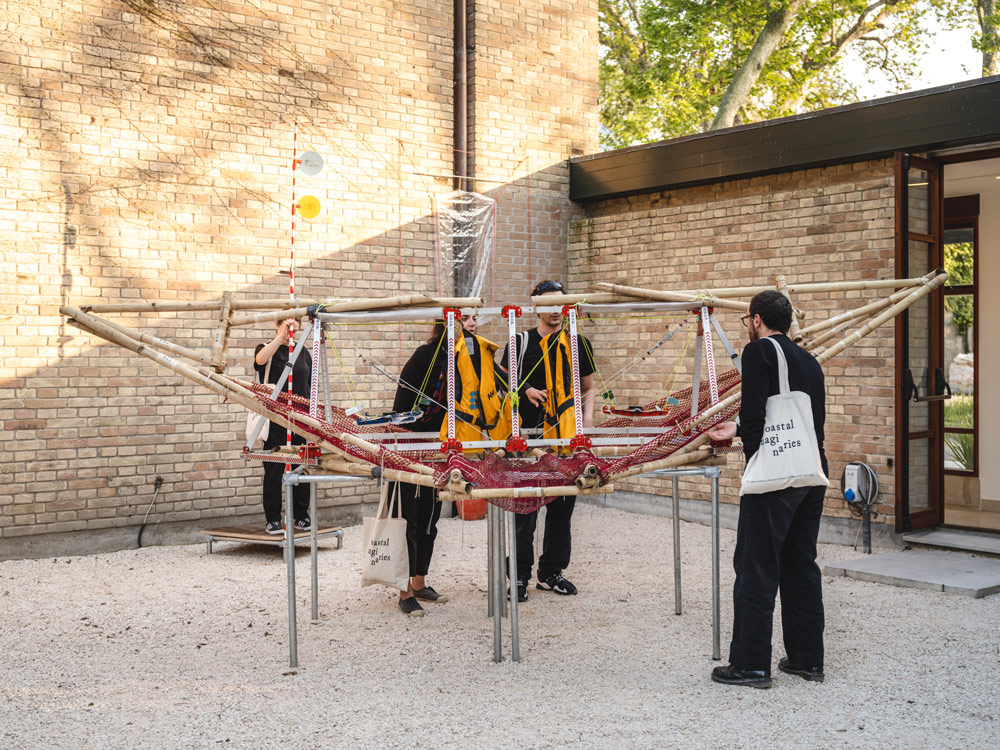














Leave a comment